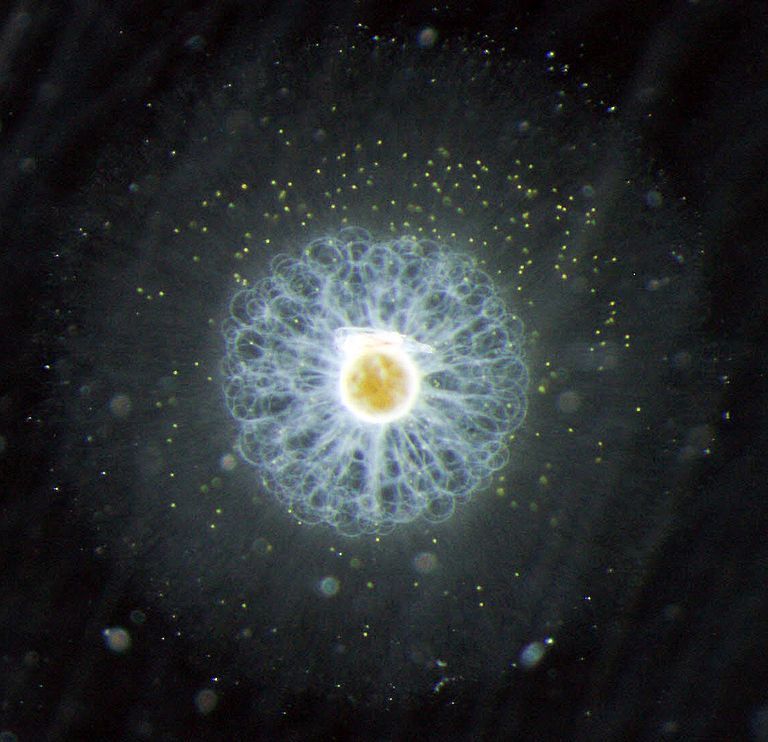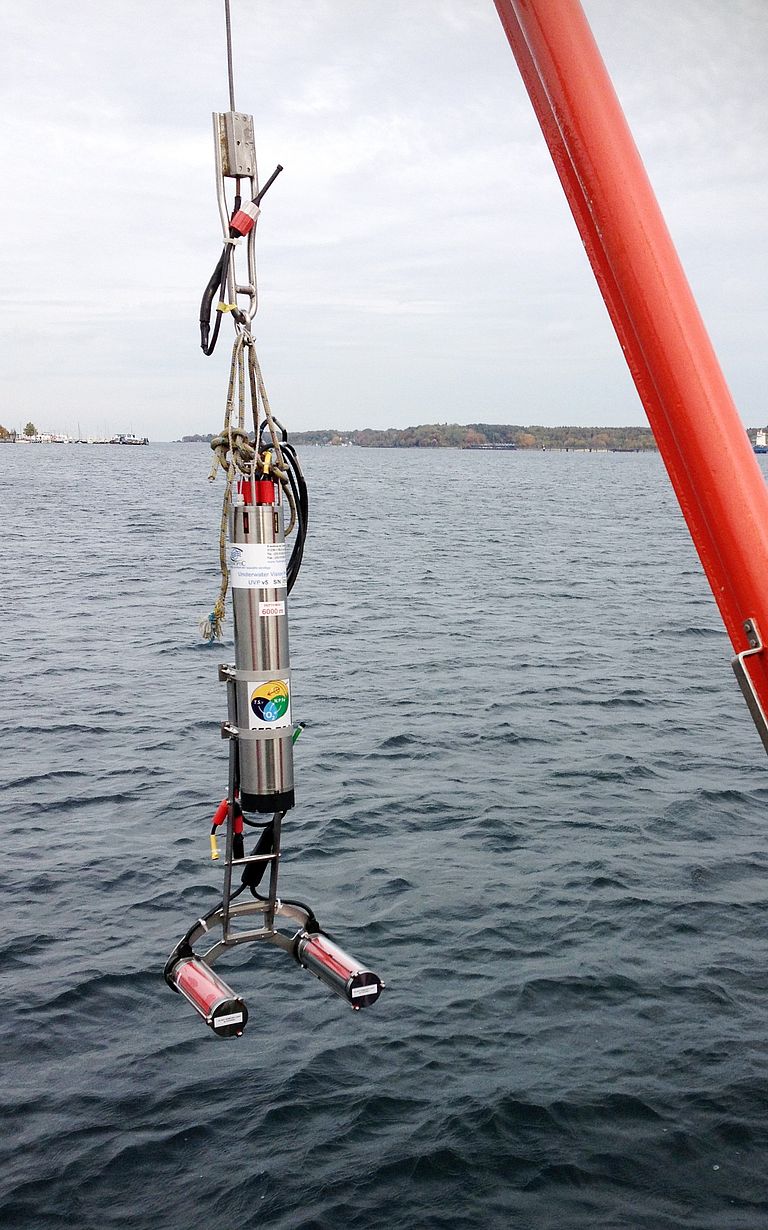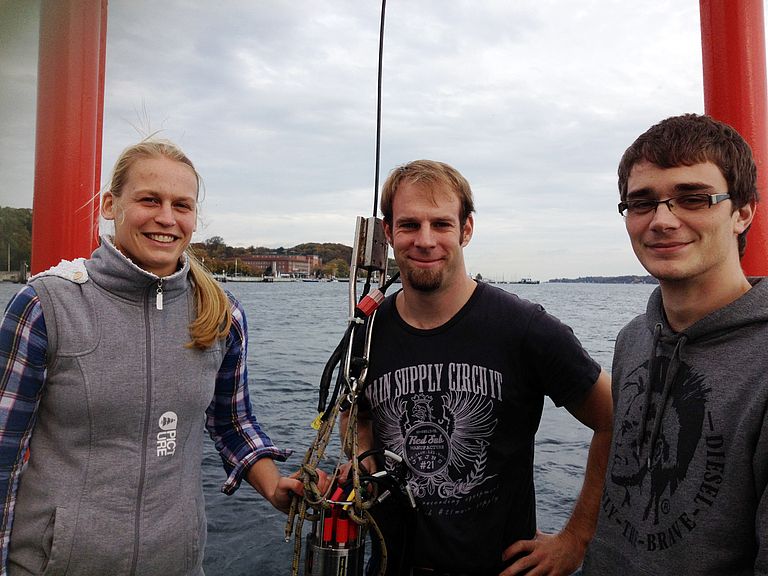Giant Protozoa are the Secret Stars of the Ocean
French-German publication in Nature magazine, reveals new insights into the composition of the zooplankton
In the 1880s marine biologist Victor Hensen coined the term “plankton” for marine organisms that live in the water column and are unable to swim against the currents. The term includes a large group of different life forms, from microscopic bacteria to meter-long jellyfish. Due to their large populations, they play crucial roles for the food web and the biogeochemical cycles in the ocean. For example, photosynthetically active species produce oxygen and absorb carbon dioxide from the atmosphere, and larger predatory species are food for fish, seabirds and whales. The small size and high sensitivity of many organisms, however, represent a technological challenge for scientists who study plankton.
Research conducted by scientists of the Pierre and Marie Curie University (UPMC) in Paris and the French Centre National de la Recherche Scientifique (CNRS) as well as the GEOMAR Helmholtz Centre for Ocean Research Kiel now reveals that unicellular planktonic animals from the Rhizaria group have a much larger share of zooplankton than previously thought. "Until now, zooplankton was primarily equated with small copepods. This image needs to be revised," says Dr. Rainer Kiko from GEOMAR, one of the co-authors of the study .
The study is based on data collected during 20 expeditions over the past eight years in the Mediterranean Sea, and the Atlantic, Pacific, and Indian Oceans using a newly developed Underwater Vision Profiler (UVP). The device consists of a light source that illuminates a precisely defined volume of water, and an integrated camera that rapidly captures multiple images of the illuminated water. Lowering the UVP from a research vessel into the deep ocean, one can photograph planktonic organisms and determine the species and their frequency of occurrence.
The UVP is able to capture images of organisms that are half a millimeter or larger without removing them from their habitat. This is a significant advantage compared to previous methods. " Normally plankton is caught with fine-meshed nets, brought on board, preserved, and counted in the laboratory. Using this method, most of the unicellular Rhizara are lost because they are destroyed in the course of sampling, "says Dr. Helena Hauss from GEOMAR, another co-author of the Nature study.
The UVP counts show that the proportion of unicellular Rhizaria in all oceans is far greater than previously thought. On average, they account for one third of the zooplankton, and are especially well represented in the nutrient-poor tropical oceans. "In biogeochemical models aiming to resolve the influence of plankton on the global carbon cycle, rhizaria barely play a role. This must change now. In the open tropical oceans they could play a similarly important function as the coral in coastal areas. Like coral, many Rhizaria are predators, and also live in symbiosis with photosynthesis-performing bacteria", emphasizes Dr. Kiko. The new study is also an important result of the Collaborative Research center (SFB) 754, which has studied the interaction between ocean and climate in tropical regions since 2008 and partly financed the study.
This first global inventory of zooplankton by optical methods opens up new ways to assess the role of plankton in many processes, but it is only the beginning. "The data collection continues, and we soon hope to better understand whether Rhizaria also play an important role in highly productive coastal areas of the Pacific or the Altantic ocean," says Dr. Kiko.
Reference:
Biard, T, L. Stemmann, M. Picheral, N. Mayot, P. Vandromme, H. Hauss, G. Gorsky, L. Guidi, R. Kiko, F. Not (2016): In situ imaging reveals the biomass of giant protists in the global ocean. Nature, Advance Online Publication, http://dx.doi.org/10.1038/nature17652
Contact:
Jan Steffen (GEOMAR, Communication and Media), phone: +49 431 600-2811, presse(at)geomar.de





